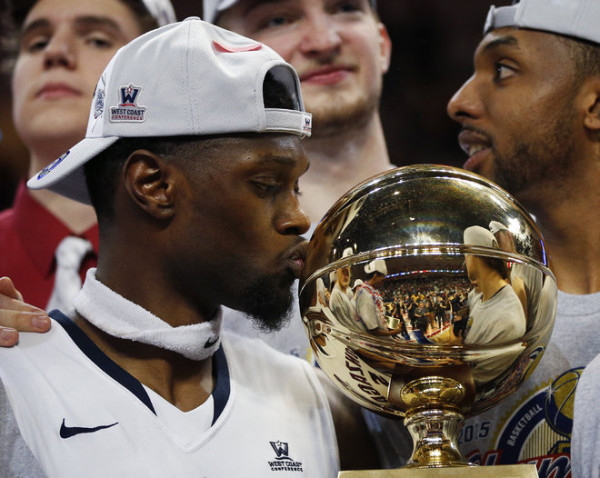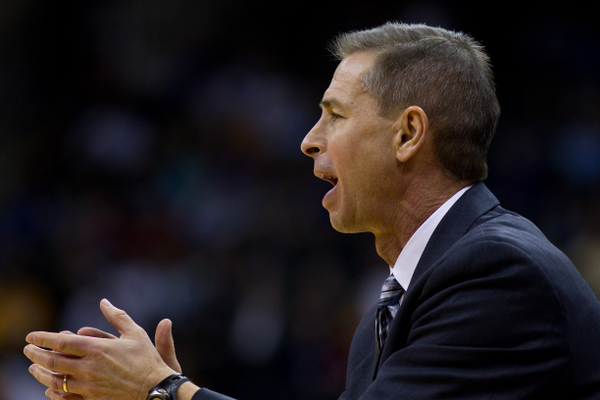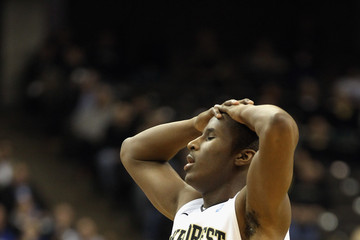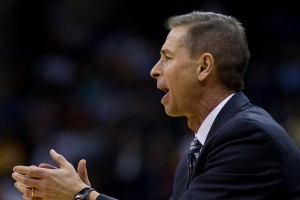Posted by Brian Goodman on April 28th, 2011
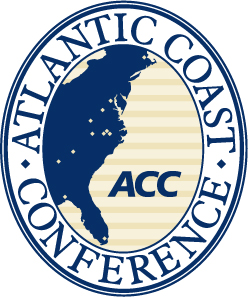
Matt Patton is the RTC correspondent for the ACC.
Conference Recap
The ACC had a down year though North Carolina’s Kendall Marshall-led resurgence and Florida State’s Sweet Sixteen appearance helped a little bit. Before and during the season, Duke was the runaway favorite in the conference: Kyrie Irving’s toe injury obviously was the pivotal point that brought Duke back down to earth. Equally pivotal (in the reverse direction) was Marshall’s move to starting point guard for North Carolina. With Larry Drew II at the helm, there is no way the Tar Heels could have come close to surpassing Duke for the regular season title. The down year did not really surprise most people, and despite lofty preseason expectations (read: people forgot how highly rated North Carolina was to start the season) I think the perception is that the league at least lived up to preseason expectations with a couple of notable exceptions: NC State, Wake Forest, and Virginia Tech. NC State had NCAA Tournament talent, but did not come anywhere close to sniffing the Big Dance; Wake was arguably the worst major conference team in the country; and Virginia Tech once again found itself very highly seeded in the NIT. On the flip side, Clemson and Florida State both exceeded expectations.
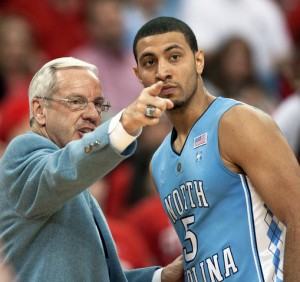
Roy Williams and Kendall Marshall led a mid-season resurgence that resulted in a trip the Elite Eight. (News Observer/Robert Willitt)
Read the rest of this entry »
| conference report cards
| Tagged: aaron thomas, adrian bowie, adrian thomas, andre dawkins, andre young, andrew rutledge, anthony fields, antwan space, ari stewart, assane sene, austin rivers, Bernard James, bernard sullivan, biko paris, bishop daniels, bobby sparks, boston college, brad brownell, brian gregory, brian oliver, carson desrosier, chase fischer, chris singleton, CJ Barksdale, cj harris, cj williams, clemson, cliff tucker, corey raji, cortney dunn, daniel bolick, daniel green, daniel miller, daniel sapp, danny rubin, darion atkins, deividas dulkys, demontez stitt, dennis clifford, derwin kitchen, desmond hubert, devin booker, devin coleman, dexter strickland, dino gregory, dorenzo hudson, dorian finney-smith, duke, durand scott, eddie odio, erick green, florida state, frank haith, gabriel moton, garrius adams, gary clark, georgia tech, Glen Rice, iman shumpert, james mcadoo, jason morris, javier gonzalez, jeff allen, jeff bzdelik, jerai grant, jim larranaga, Joe harris, joe trapani, john cahill, john henson, jontel evans, jordan daniels, josh hairston, josh southern, jt terrell, julian gamble, julian royal, justin knox, justin watts, kendall marshall, kj mcdaniels, KT HArrell, kyle caudill, kyle singler, lance storrs, larry drew II, leonard hamilton, leslie mcdonald, lonnie jackson, malcolm brogdon, malcolm delaney, mark gottfried, Marquis Rankin, marshall plumlee, martin breunig, maryland, mason plumlee, maurice miller, mfon udofia, miami, Michael Gbinje, michael snaer, mike krzyzewski, miles plumlee, milton jennings, Mustapha Farrakhan, nc state, nick faust, nolan smith, north carolina, okaru white, paul hewitt, paul jesperson, pe'shon howard, pj hairston, quinn cook, reggie bullock, reggie jackson, reggie johnson, richard howell, rion brown, robert brown, roy williams, ryan anderson, ryan harrow, ryan kelly, sammy zeglinski, Scott Wood, sean mosely, seth curry, sidney lowe, sterling gibbs, steve donahue, tanner smith, terrell stoglin, terry whisnant, tony bennett, tracy smith, travis mckie, ty waller, tyler thornton, tyler zeller, van hatchell, victor davila, virginia, virginia tech, wake forest, will sherrill, zavier anderson
Share this story





























